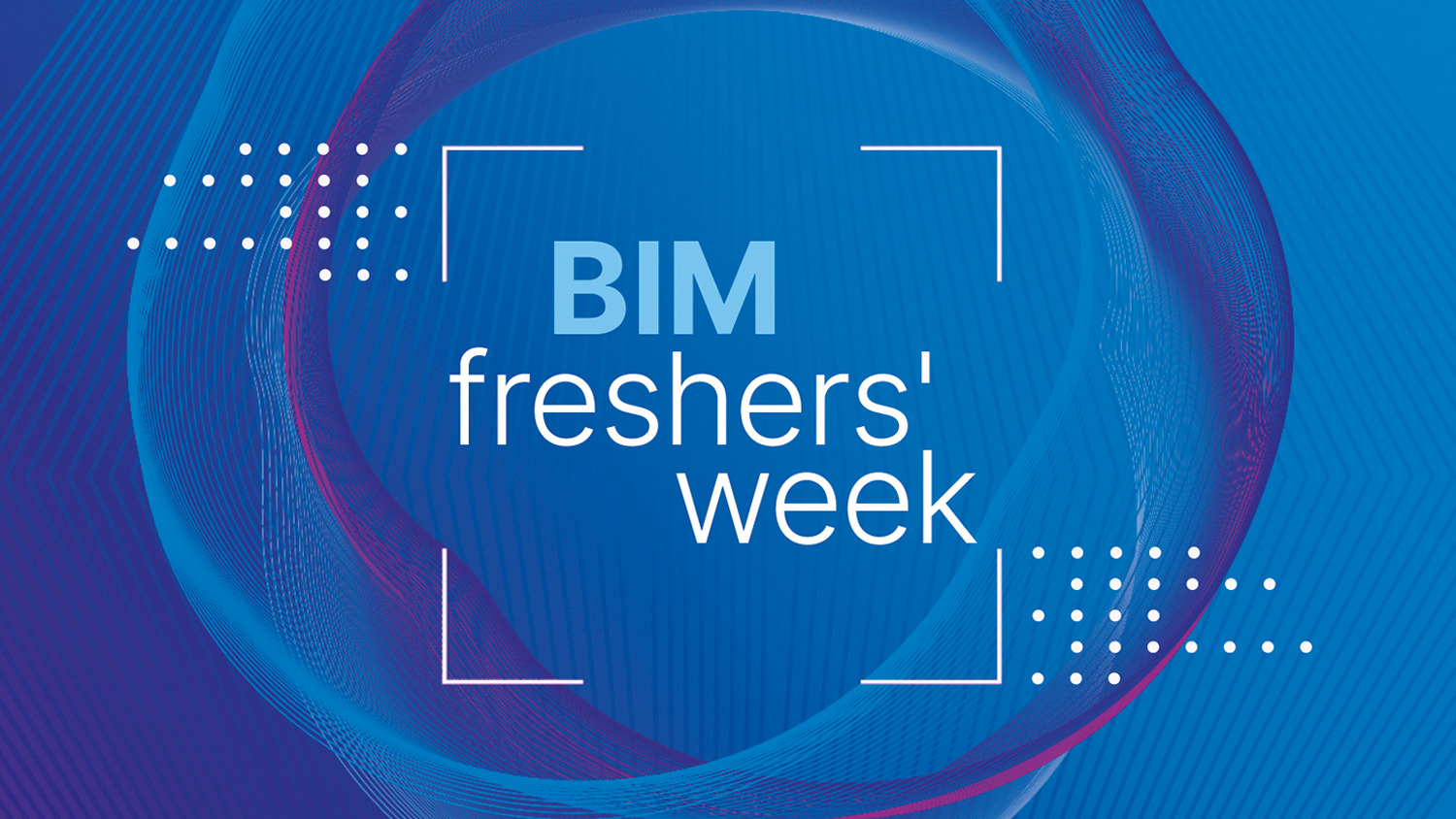
Welcome to the fourth part of BIM freshers’ week: a short series of interviews timed to coincide with colleges and universities’ freshers’ weeks.
Today Dr Melanie Robinson, senior digital consultant at BIM Academy, steps into the chair. She specialises in BIM and information management according to ISO 19650. Her interests include change management, standardisation, and digital collaboration. She also acts as regional lead for Newcastle-upon-Tyne for Women in BIM.
Dr Robinson holds a PhD from Edinburgh Napier University, which looked into the micro-level factors to an effective macro-level diffusion of BIM, including the gap between perceived and actual efficacy of BIM understanding and skills.
BIMplus: What was it that attracted you to BIM?

“BIM is simply a means of using an object-based environment to communicate data on different assets in a structured format.”
Dr Melanie Robinson: BIM was in the prime of its development as a standardised process in the UK when I was an undergraduate. Maybe it was because I was still drawing up 2D drawings in CAD at the time, but the ability to generate information from a single source of truth was something that really resonated with me.
What is the biggest professional challenge you have had to overcome?
Finishing my PhD while working full time was by far my biggest challenge. But it has made me appreciate my work-life balance all the more!
Which technology in BIM and digital construction interests you the most?
Without wanting to add to the noise, I’m really interested in digital twins. Or rather, the steps and technology required to get from digital models to a true digital twin. It makes me excited to think about the applications we could use it for, such as simulation and prediction, which is something we’ve not truly witnessed yet.
Do your friends and family understand what you do? And if not, how do you explain it to them?
It’s certainly been a learning curve for my family and friends to understand that I am not an architect! When explaining it for the first time, I often say that BIM is like building a house in The Sims, where you not only are ‘working’ in an object-based environment, but you also know how much the object costs and, at least in SimNation world, are provided with data on how it contributes to your needs.
BIM is simply a means of using an object-based environment to communicate data on different assets in a structured format. I then say it’s my job to help clients understand what that means in terms of procuring and maintaining that information in relation to the lifecycle of the physical asset.
What advice would you give those just starting their study of BIM?
It’s okay not to be a master of everything. In fact, I would argue it’s impossible!
Don’t miss out on BIM and digital construction news: sign up to receive the BIMplus newsletter.












